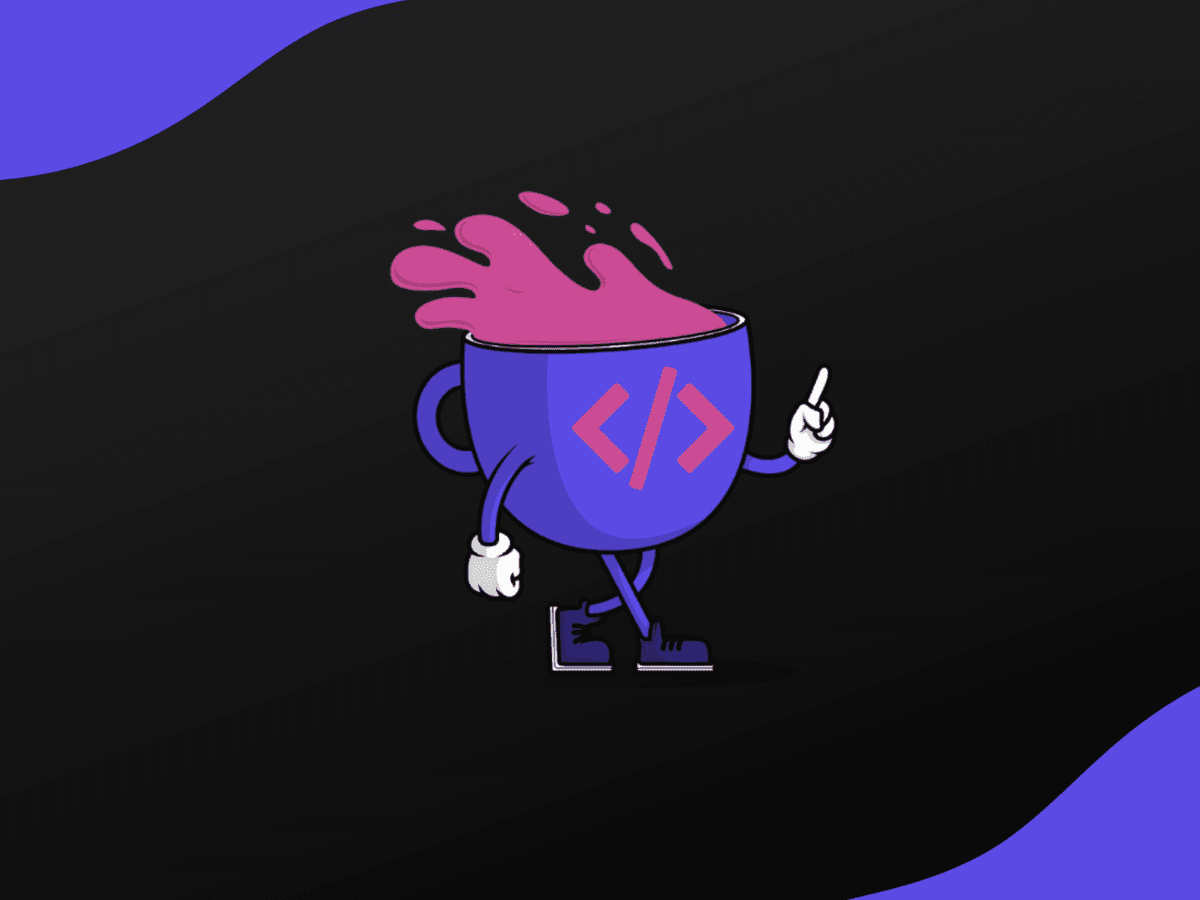Master JavaScript Join: Top 10 Techniques for Developers

- Basic Usage
- Custom Separator
- Joining Numbers
- Nested Arrays
- Empty Arrays
- Undefined and Null
- Joining Array-Like Objects
- Performance
- Browser Compatibility
In JavaScript, arrays are a powerful tool for storing and manipulating data. One of the most useful methods provided by the Array object is join(). This method allows you to combine all elements in an array into a single string.
1var arr = ["Master", "JavaScript", "Join"];
2var str = arr.join(); // returns "Master,JavaScript,Join"
Today, let's explore the top 10 techniques for using join() effectively in your JavaScript development.
Basic Usage
At its simplest, join() combines all elements in an array into a string, separated by commas.
Custom Separator
You can specify a different separator by passing it as an argument to join().
1var arr = ["apple", "banana", "cherry"];
2var str = arr.join(" - "); // returns "apple - banana - cherry"
Joining Numbers
join() works with arrays of numbers too. It converts each number to a string before joining.
Nested Arrays
join() turns nested arrays into strings too, but the results may surprise you.
1var arr = [["apple", "banana"], ["cherry", "date"]];
2var str = arr.join(); // returns "apple,banana,cherry,date"
Empty Arrays
If you call join() on an empty array, it returns an empty string.
Undefined and Null
join() treats undefined and null as empty strings.
Joining Array-Like Objects
With a little extra work, you can use join() on array-like objects too.
1var obj = {0: "apple", 1: "banana", length: 2};
2var str = Array.prototype.join.call(obj, ", "); // returns "apple, banana"
Performance
When concatenating large arrays, join() is significantly faster than using + or +=.
1var arr = new Array(1000000).fill("apple");
2console.time("join");
3var str = arr.join();
4console.timeEnd("join"); // Faster
Browser Compatibility
All modern browsers, and IE6 and up, support the join() method. If you're new to JavaScript, check out our Learn JavaScript course for a comprehensive introduction.
For more in-depth information about JavaScript's join() method, visit Mozilla Developer Network's documentation.
Related courses
1 Course
Stay Ahead with Code highlights
Join our community of forward-thinkers and innovators. Subscribe to get the latest updates on courses, exclusive insights, and tips from industry experts directly to your inbox.

Related articles
9 Articles

Copyright © Code Highlights 2025.

